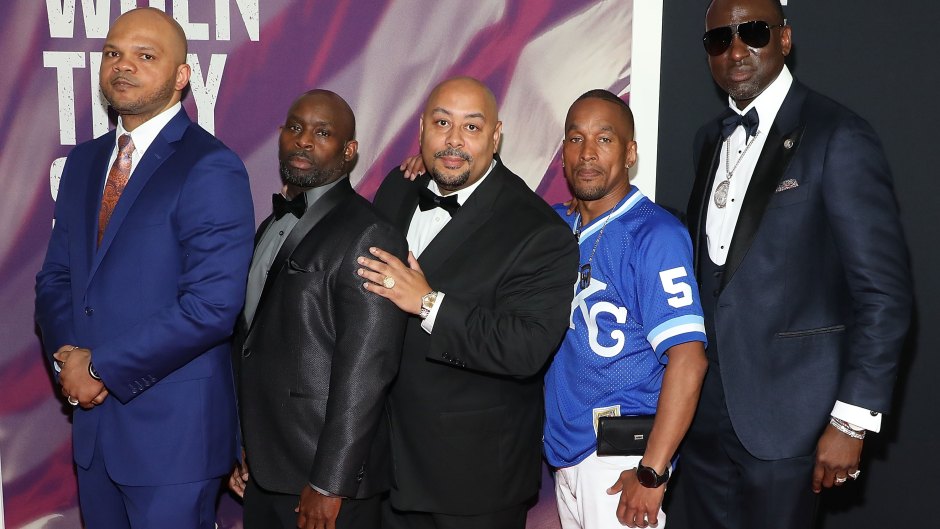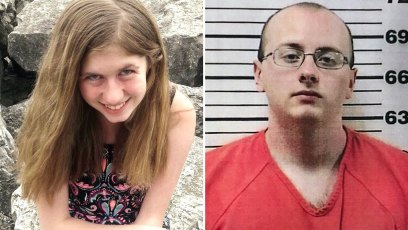
Getty Images
Who Were the Central Park Five? Learn the Real Story Behind Netflix’s ‘When They See Us’
Just over 30 years ago, a woman was attacked while jogging in Central Park. On April 19, 1989, Trisha Meili was physically and sexually assaulted — and not long after, five boys were accused of committing the crime. The boys became known as the Central Park Five, and now, decades later, their stories are being told in Ava DuVernay‘s original Netflix series, When They See Us. Hitting the streaming service on Friday, May 31, the limited series reenvisions the true crime story for the small screen, featuring a whole host of familiar faces. But what’s the background of the real story? Learn more about the Central Park Five below.
Who were the Central Park Five?
They were five teen boys, four black and one hispanic, who were apprehended the night of the crime and accused of being behind it. The teenagers were Raymond Santana, Kevin Richardson, Antron McCray, Yusef Salaam and Korey Wise. Despite the fact that most of the boys were under 16 at the time and their names should’ve been kept confidential, their identities were released to the media even before they’d officially been indicted. In 1990, the boys were convicted in two separate trials despite the fact that the DNA evidence had been ruled “inconclusive” — which actually meant that it didn’t match any of them.
Why were the Central Park Five found guilty?
Though none of the boys confessed to committing the sexual assault itself — something the DNA evidence supported — they all confessed or implicated each other in various other elements of the criminal activity that happened that night. However, the minors later recanted their stories, alleging that they’d been coerced into given false confessions. Though their confessions were videotaped, the teens claimed that they’ve been intimidated and pressured in the moments and hours before, which had not been recorded.
On what charges were they convicted?
In August 1990, the Los Angeles Times reported that Salaam, McCray and Santana were convicted of rape and assault. In December 1990, the New York Times reported that Wise was convicted of sexual abuse and assault and Richardson of attempted murder and rape. At the time of the Central Park attack, Santana and Richardson were 14, Salaam and McCray were 15 and Wise was 16. The boys faced five to 10 years behind bars, with Wise facing five to 15. Though four of the five convictions were appealed, they were upheld.
How long were they behind bars?
The boys each spent between six and 13 years in prison. On December 19, 2002, the New York Times wrote that the State Supreme Court in Manhattan vacated the convictions, with an assistant district attorney dismissing the indictments and neglecting to try the case against the five boys — who were by then all adults — again.
Who really committed the attack in Central Park?
A convicted serial rapist and murderer named Matias Reyes confessed to the crime in 2002 after the statute of limitations had passed. The DNA evidence confirmed his involvement. Known as the “East Side Rapist,” Reyes claimed that he had acted alone and revealed information about the crime that the police had never released publicly.

What happened to the Central Park Five?
In 2003, the five filed a lawsuit against New York City. Almost a decade later, in 2014, it was finally put to rest and the five men were given a $41 million settlement, nearly $1 million per year spent in prison for each man. Though the city denied any wrongdoing, Bill de Blasio, who was mayor at the time, called paying the settlement “a moral obligation to right this injustice.”
Where can you learn more about the Central Park Five?
In addition to watching When They See Us on Netflix, a dramatized version of the events, you can also check out director Ken Burns‘ 2012 documentary, The Central Park Five. The doc is available on Amazon Prime now, and the filmmaker has even more material to share. On May 8, 2019, Burns released new conversations with Salaam, Santana, Wise, McCray and Richardson. You can check them out on the PBS website.
Have a tip? Send it to us! Email In Touch at contact@intouchweekly.com.








































